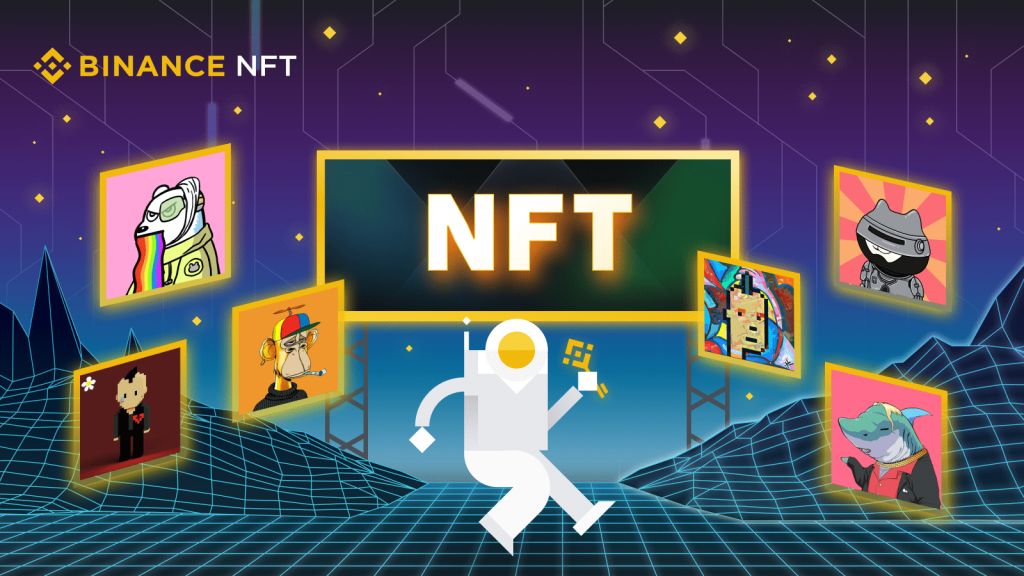The metaverse keeps advancing as more developments are incorporated into the nascent space. Metaverse adoption by consumers is exploding, according to various metaverse metrics. Considerably, forecasts show an incredible 1.4 billion users in the coming seven years.
In that context, the global market size for the metaverse is forecasted to reach a massive $484.8 billion by 2030. Such considerable growth is underpinned by multiple Factors. They include consumer and business interests, current trends, and the effect of the coronavirus pandemic. The metaverse will be used in different ways in the future and some metrics need to be understood.

Metaverse Metrics Unleashed: The Explosive Growth Of The Gaming Sector
As the metaverse user base grows, businesses across different industries are recognizing the potential that comes with the new industry. Hence, they are making considerable investments in the virtual world. The rates of metaverse adoption and user metrics have been constantly rising globally, with more than 400 million active users as of 2022.
By 2030, the user base is expected to exceed 1.4 billion, with the US accounting for nearly 8.3% or 120.7 million users. Nevertheless, despite this projected growth, a considerable portion of American adults (62%) remain unfamiliar with the purpose of the Metaverse.
First, let us review the metaverse and gaming sector. The metaverse and gaming market is projected to reach $13.84 billion in 2023, with potential growth of $710.21 billion by 2027. The US will be the biggest market, with almost 41 million users.
The growing popularity and user metrics of VR and AR technologies are powering the demand for metaverse gaming, with possible global sales of 76.7 million units by 2024.
Moreover, in the entertainment sector, the metaverse has opened up exciting opportunities for developers and artists to showcase their work and reach a global audience. Different virtual events in the metaverse work as platforms for them to share their impressive creations in ways that are readily accessible to people globally.
Traditional Sectors Adopt The Metaverse Digital Frontier
The metaverse offers an impressive opportunity for people globally to join hands and work together in a virtual environment. After the pandemic hit, most firms have adopted remote or hybrid work. With market metrics showing the growth of the metaverse, these firms and their employees can now work together in real-time, irrespective of their location.
Virtual meetings within the metaverse enable workers to communicate efficiently without having to spend time and money on travel.
Moreover, traditionally digital-first sectors, such as e-commerce and gaming, are getting ready to adopt the metaverse. But, industries not normally linked with online-only ventures are recognizing this potential. Thus, they are also exploring ways to benefit from metaverse integration. Some of the industries include health and fitness, real estate, and education. All of them will experience considerable growth by 2030.
Nonetheless, the technology industry has taken up the leading role of metaverse investment. Notably, 17% of IT firms are already investing or planning to invest in emerging technology. Prominent players like NVIDIA and Microsoft have introduced innovations such as “Omniverse” and “Microsoft Mesh,” respectively, which support virtual meetings and collaborative digital spaces.





